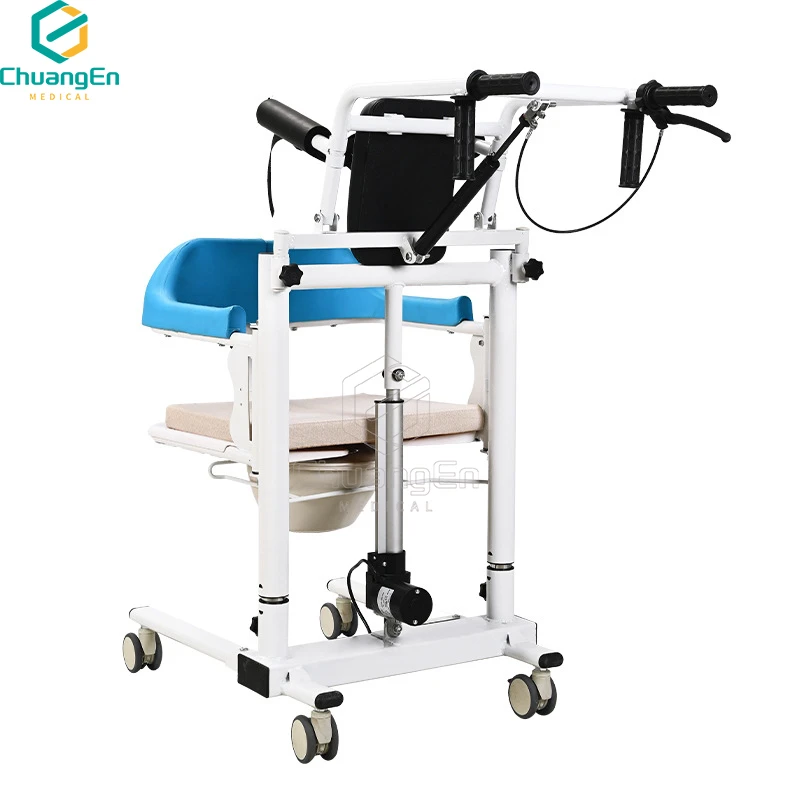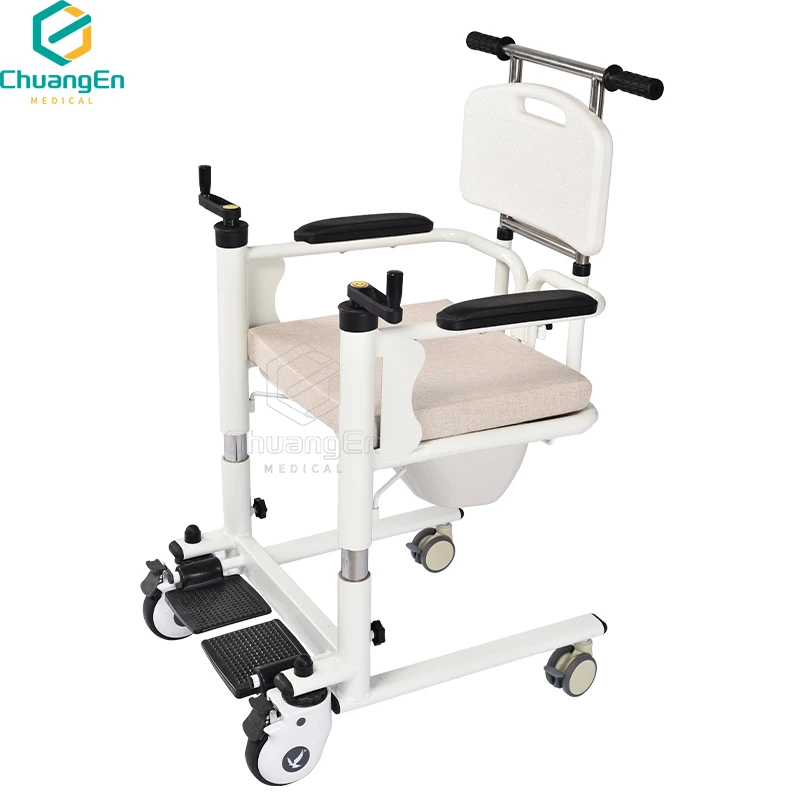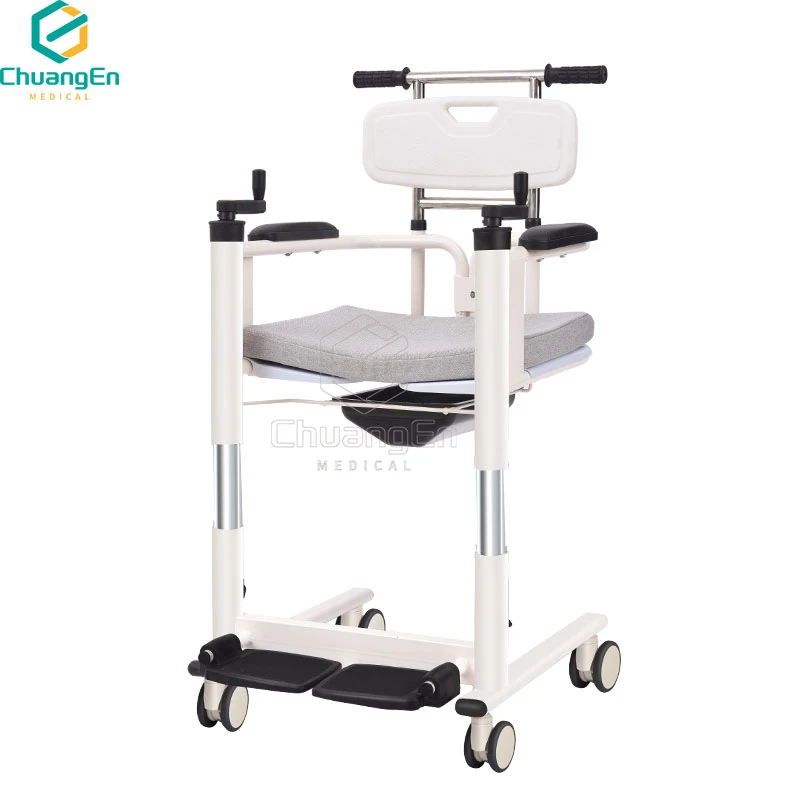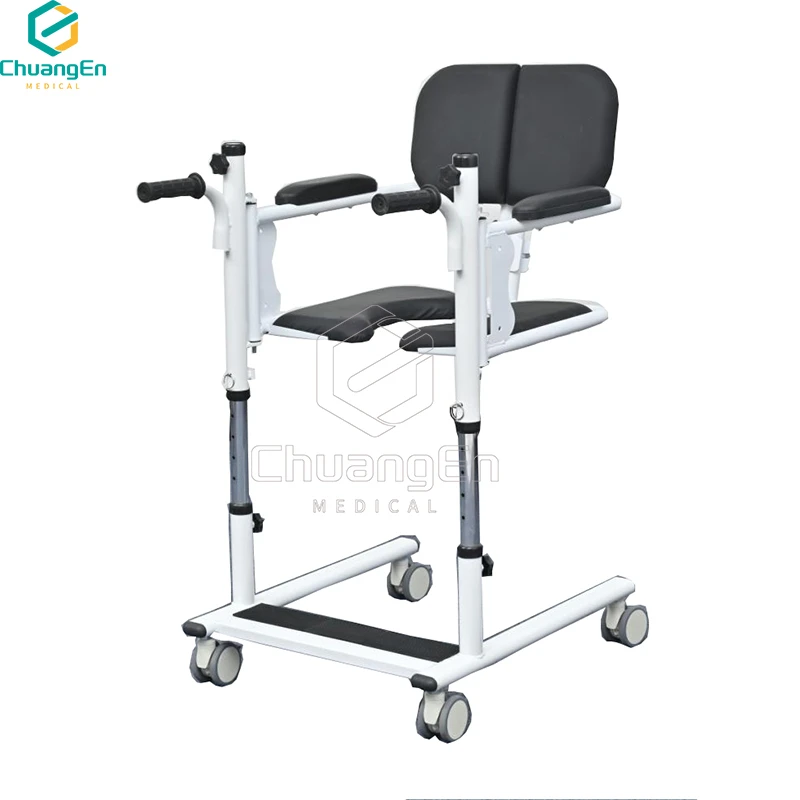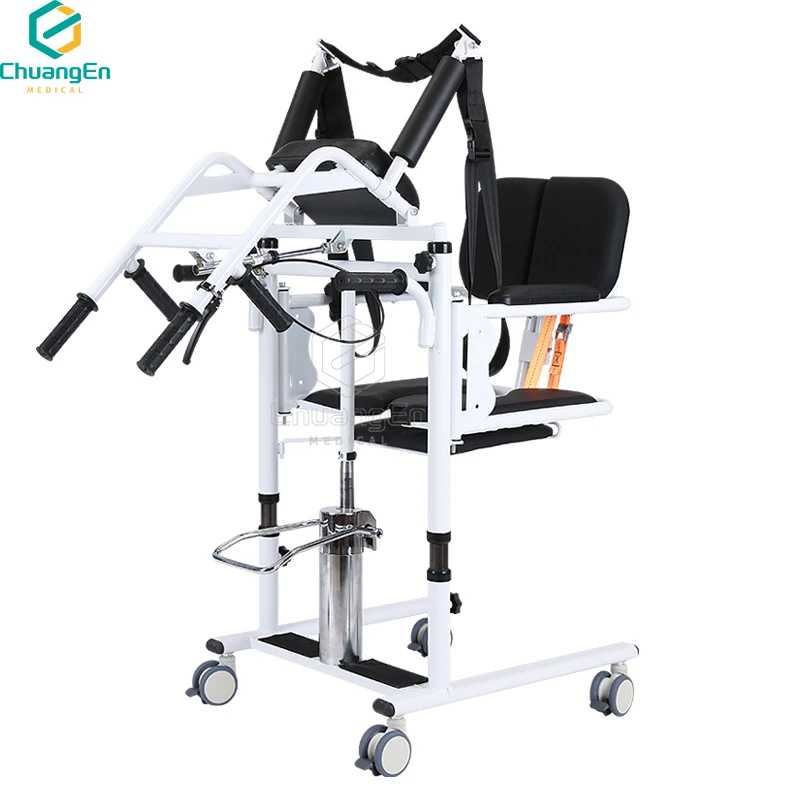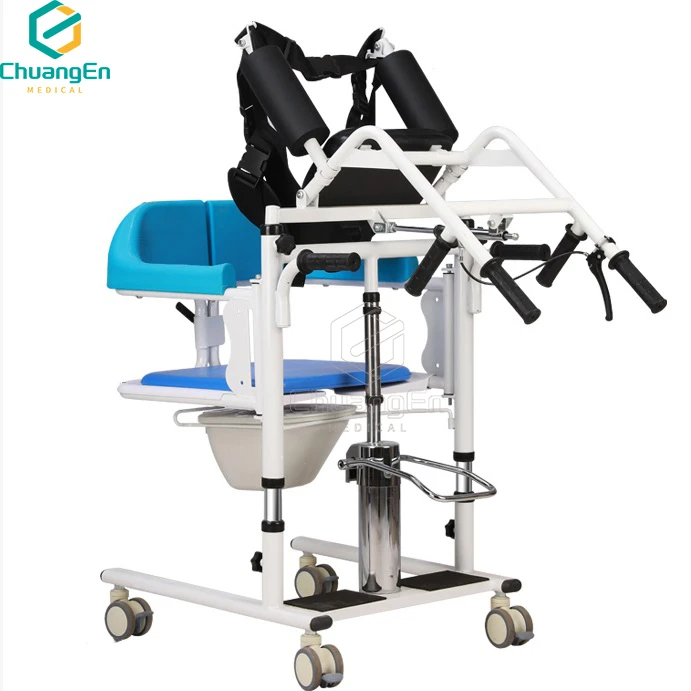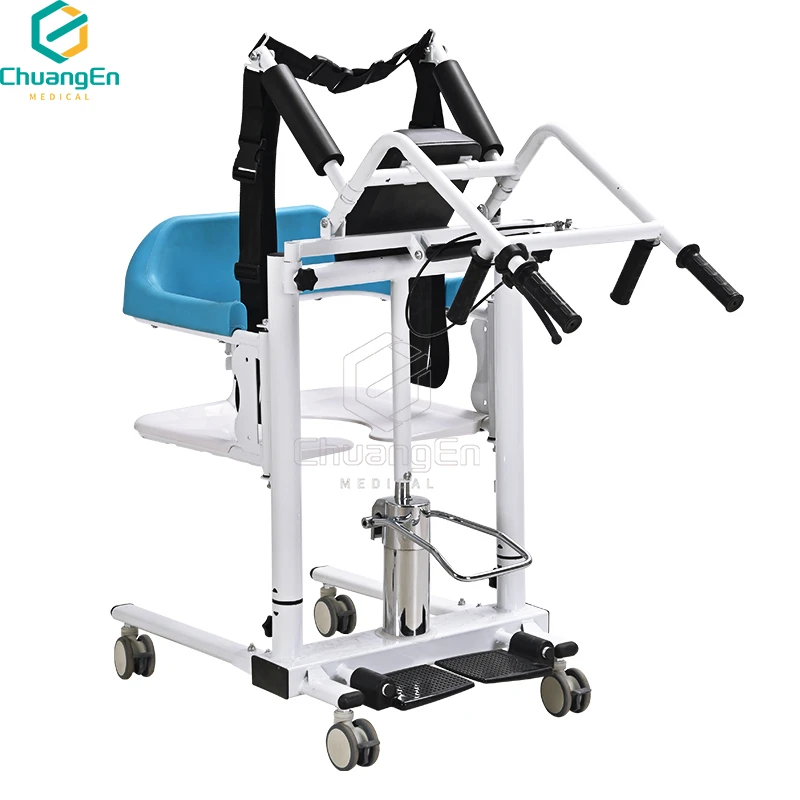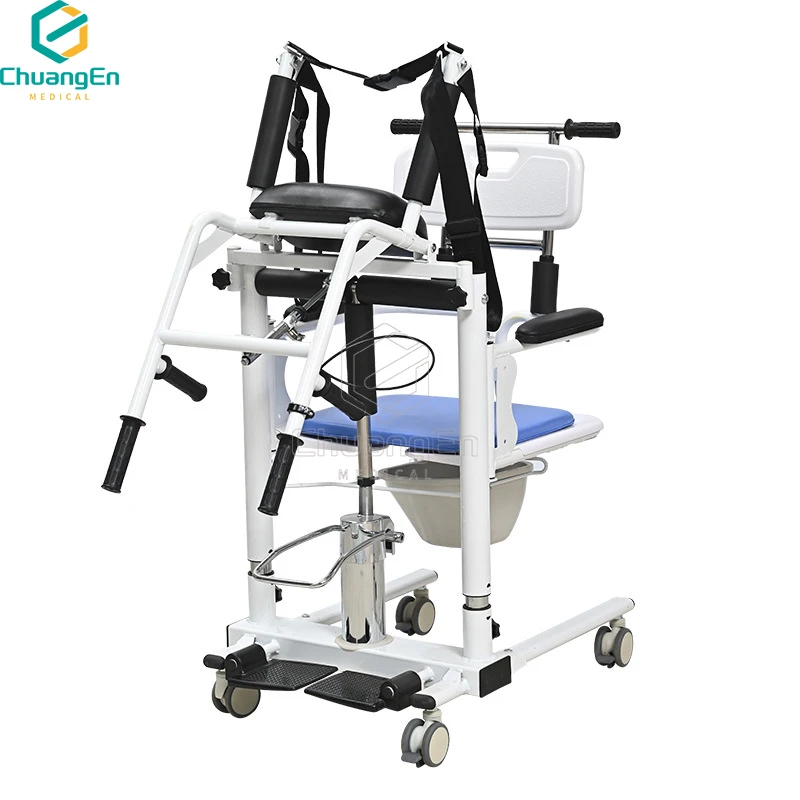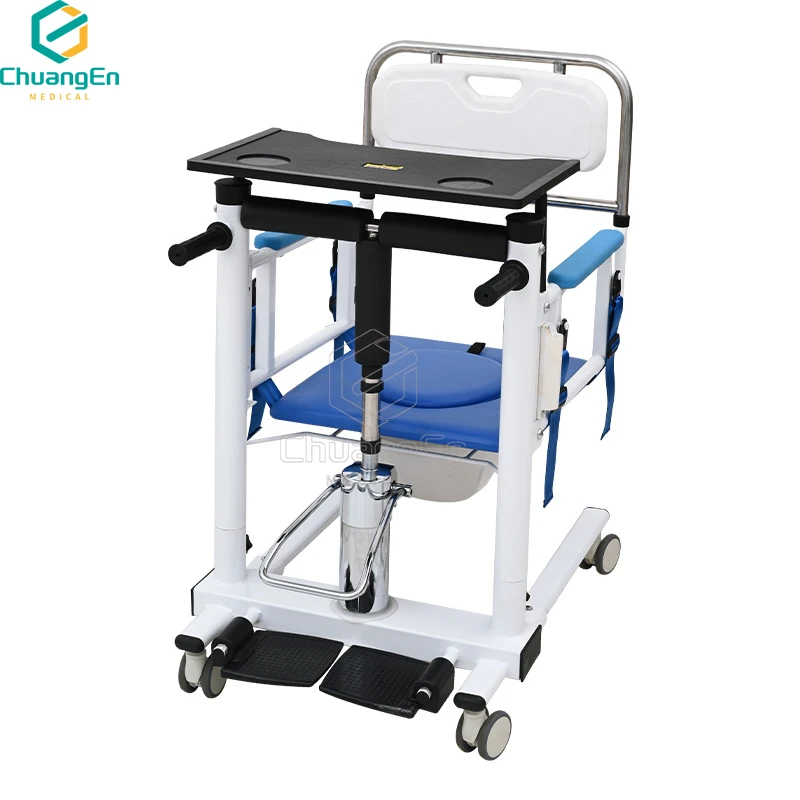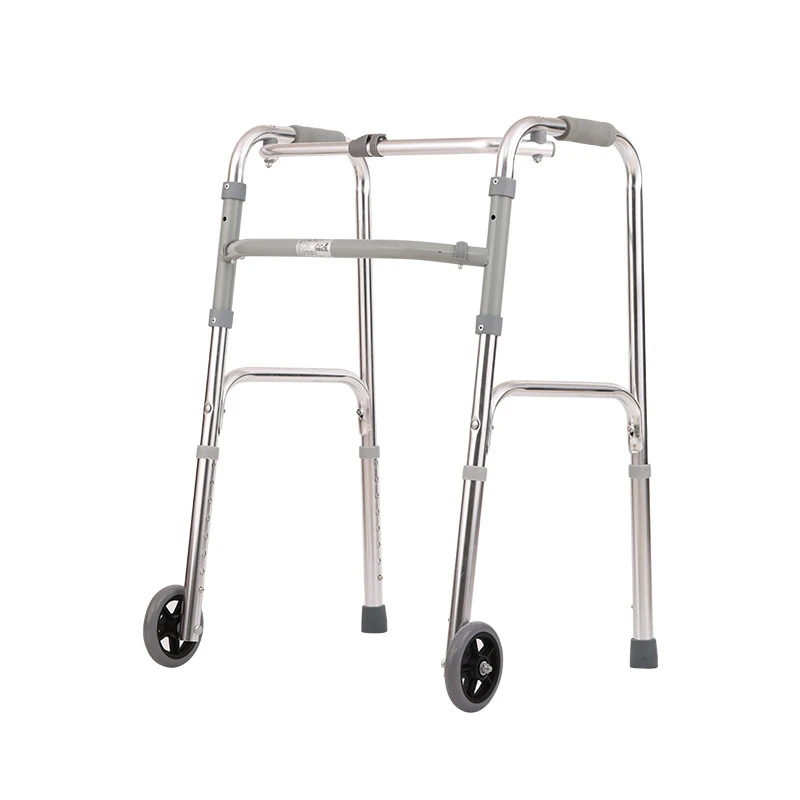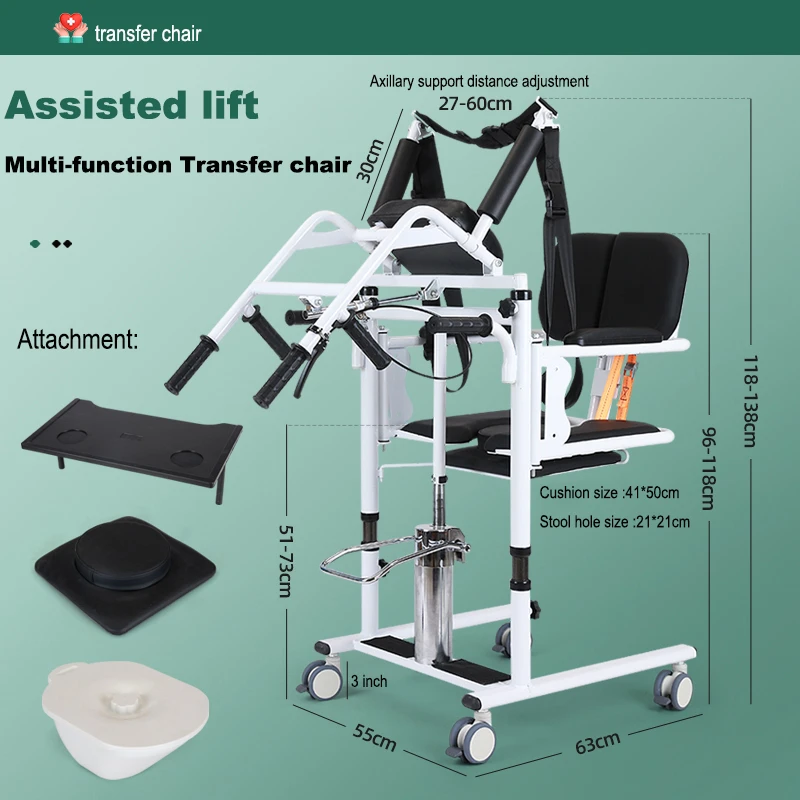A transfer chair, also known as a transport chair, is a lightweight mobility device designed to safely assist individuals who have limited ability to walk. Unlike traditional wheelchairs, transfer chairs are operated by a caregiver rather than self-propelled by the user, making them ideal for short trips within hospitals, nursing homes, or at home. These chairs are particularly useful for moving patients between beds, bathrooms, dining areas, and vehicles, reducing the physical strain on both the user and the caregiver. Key safety features often include locking rear wheels, safety belts, and swing-away footrests, which ensure secure and stable transfers. Our models also come with foldable frames, allowing for easy storage and transport in car trunks or tight spaces. Many of our chairs are constructed using lightweight yet durable aluminum, combining portability with strength. The padded armrests and seat cushions ensure maximum comfort during transfers, especially for users recovering from surgery or living with chronic conditions like arthritis or stroke. For caregivers, using a transfer chair minimizes the risk of back injuries and manual lifting, which is especially important in long-term care. Additionally, transfer chairs improve the user’s sense of dignity and independence, allowing them to be part of daily life without being confined to bed. Whether for home care, clinical use, or travel, a well-designed transfer chair offers an ideal solution for efficient, safe, and dignified patient movement.
What Should I Consider When Choosing The Right Transfer Chair For My Needs?
When selecting a transfer chair, it’s important to consider factors such as user weight capacity, comfort, caregiver convenience, and the specific environment where the chair will be used. For instance, if the chair will be frequently folded and placed into a vehicle, a lightweight, foldable model with quick-release mechanisms is ideal. For users who require longer transfers, padded seating, armrests, and leg supports enhance overall comfort. If the user will be spending extended time in the chair, consider a model with breathable upholstery and ergonomic design to prevent skin irritation or pressure sores. Chairs designed with safety belts and wheel locks add an extra layer of security, especially for elderly or more fragile users. Also important is the seat width and weight capacity—standard chairs typically support up to 100–120kg, while bariatric models can support more. For caregivers, ease of maneuverability is key: large rear wheels, smooth-rolling casters, and a sturdy handle design reduce strain during operation. If you need the chair for both indoor and outdoor use, look for models with anti-tippers and all-terrain wheels. Some models even feature toilet functions or adjustable height settings, combining multiple caregiving roles into one product. Finally, don’t overlook certifications—our transfer chairs are built under ISO standards and many models meet CE requirements for export. Whether for home, hospital, or travel, choosing the right transfer chair ensures better mobility, improved safety, and peace of mind for both the user and the caregiver.

